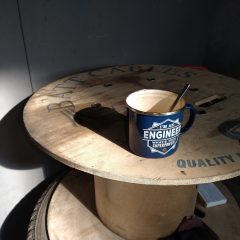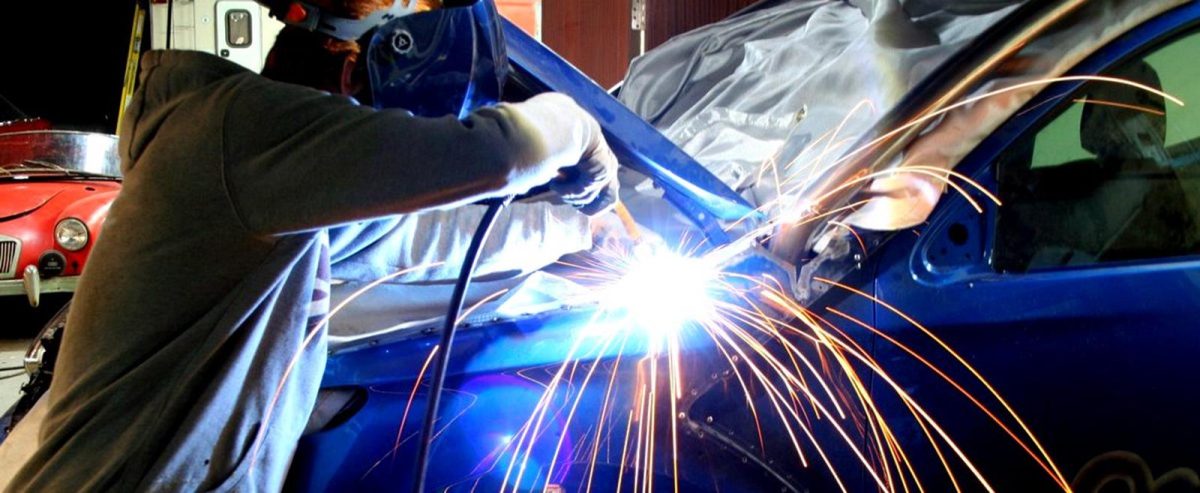Motorsport at any level is hugely enthralling, but the costs are prohibitive for the vast majority of enthusiasts. There are, however, a few ways round this and it is possible to do a day’s competition for less than the cost of a full tank of fuel.
The fastest cars in drag racing accelerate from 0 to 100mph in 0.8 of a second, and exceed 330mph in ¼ of a mile, but they will spend 500 quid on fuel for each run, followed by replacing most of the 50 grand engine. By comparison The Slow Car Club take bangers usually costing less than 500 quid up the track at Santa Pod on Run What Ya Brung days, entry costs 35 quid for a whole day of driving flat out. It doesn’t matter how fast the car is because after the first few runs you start trying to beat your own personal best time, it is highly addictive and lots of fun.
If you have ever fancied rally driving but haven’t got a rally car and baulk at the £300 entry fee for even the smallest of events then drop down a few gears and look at Production Car Trials. As the name suggests the cars are standard and there are classes for different engine sizes and engine/drive configurations, 4x4s are banned. The set up is simple; take a muddy hill with a few obstacles, mark out a challenging twisty course and see how far you can drive a car up the track before getting stuck. About the only modification you can make to the car is dropping the tyre pressures. The tracks are divided into 10 sections and you get penalty points depending on how badly you do, if you manage to get all the way up then you have no penalties and its a clear run. The skill required is remarkable and it is easy to get utterly immersed in the task of coaxing your banger that extra few inches up the track, it’s just as addictive as high speed track racing and highly recommended.
Another variant on the rally theme is the 12 Car Event, this is a navigational event run on public roads so speeds are modest. A route is issued to the drivers at the start line and timekeepers are stationed at the end of each section, the skill is in the teamwork between the navigator and driver to ensure the best route is taken and speed optimised to make sure the car arrives at precisely the right time. It’s very competitive and requires self control as much as car control, going to fast is as bad as too slow.
You have probably seen some footage of cars being expertly drifted round a very tight course laid out with cones in a car park. This is Autotesting and is a measure of drivers skill against the clock whilst negotiating hairpin bends, reverse parking and tight slaloms. You’ll need good tyres to get the best out of the car but for road car classes that’s about the only thing you can change. Precision and pace are needed in bucket loads, you think you can handle a car – this will make you think again!
But if driving flat out round corners is high on your needs list then consider Hill Climb or Sprints, this is usually on race tracks and does require a race licence so the costs start mounting but it does mean you can drive at high speeds on real circuits. The idea is simple – to get fro the start line to the finish line as fast as possible and its wonderful to watch as there is often old F1 machinery operating in the upper classes. If you wonder what the difference is a Hill climb is up hill and a sprint is on the flat, more or less.
In fact there is a surprising wealth of cheap motorsport opportunities in this country, if you are handy with the spanners then there is Grass Track (sprint races in a field), Comp Safari (rallying for grown ups), economy runs (more fun than you might think) and even real circuit racing can be done on a budget of less than £3000.
Currently I am liking the idea of buying a bargain banger for less than £500 and seeing just how many events it can do in a year. Probably something old, maybe another Jag, or a 2CV, or a Maestro, the more un-motorsport the better, maybe a diesel. Anyone fancy joining in?

